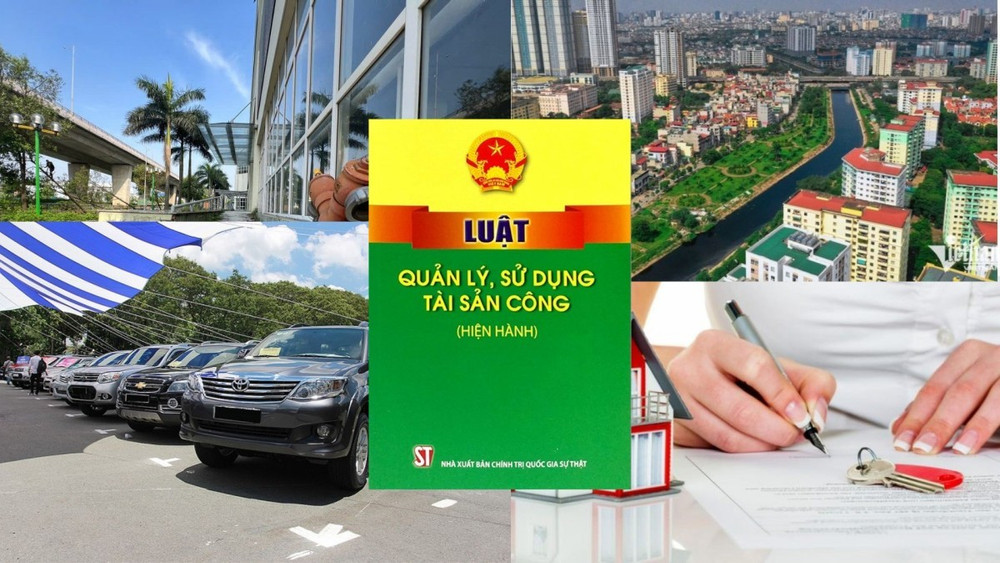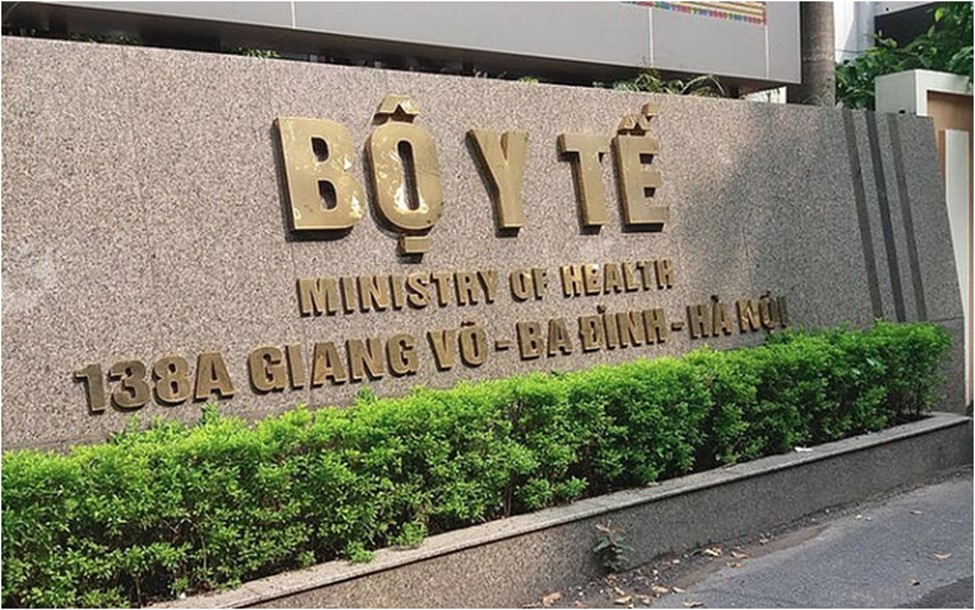Regulations on handling of printed and self-printed receipts in cases of loss, fire, or damage in Vietnam
Below are the latest regulations regarding the handling of printed and self-printed receipts in cases of loss, fire, or damage in Vietnam.
1. Regulations on handling of printed and self-printed receipts in cases of loss, fire, or damage in Vietnam
According to Article 40 of Decree 123/2020/ND-CP, the regulations on handling printed and self-printed receipts in cases of loss, fire, or damage in Vietnam are as follows:
- Organizations collecting fees and charges must report and notify the directly managing tax authority in the event of losing, burning, or damaging both used and unused receipts, with details such as the name of the organization, individual responsible for the lost, burned, or damaged receipt; tax code, address; basis for the loss, burn, damage record; type of receipt; receipt template sign; receipt sign; from number ; to number; quantity; receipt links no later than five working days from the date of the loss, fire, or damage. If the last day (fifth day) coincides with a legally recognized holiday, the deadline is extended to the next working day.
The report on lost, burned, or damaged receipts is to be done following Form BC21/BLG Appendix IA issued with Decree 123/2020/ND-CP.
- If taxpayers, fee, and charge payers lose, burn, or damage documents, receipts, they are allowed to use a photocopy from the tax, fee, and charge collecting organization, confirmed and stamped (if available) by the organization, along with a record of the loss, fire, or damage of the receipt, for payment documentation and financial settlement. Both the collecting organization and taxpayer are responsible for the accuracy of the loss, fire, or damage of the receipts.
2. Regulations on receipt destruction in Vietnam
Below are the regulations on receipt destruction according to Article 39 of Decree 123/2020/ND-CP, as follows:
* Cases of receipt destruction
- Receipts printed incorrectly, duplicated, or in excess must be destroyed before settling the printing order contract for fee and charge receipts.
- Receipt types that have been made by accounting units are destroyed per the legal provisions on accounting.
- Organizations collecting fees and charges that no longer use certain receipts must perform receipt destruction.
- Unused receipts that are evidence in legal cases shall not be destroyed but handled according to legal regulations.
* Receipts considered destroyed
- Destruction of self-printed or printed receipts involves methods like burning, cutting, shredding, or other ways ensuring that the receipts cannot be reused for information or data.
- Destruction of electronic receipts involves rendering them nonexistent in the information system, making them inaccessible, and unreferenced.
Electronic receipts that have exceeded the storage period per the Law on Accounting, unless otherwise decided by a competent government authority, may be destroyed. The destruction must not impact the integrity of undestroyed electronic receipts or the normal operation of the information system.
* Procedures and steps for receipt destruction
- The deadline for receipt destruction is no later than 30 days from the date of notification to the directly managing tax authority.
If the tax authority notifies that receipts have expired, the fee and charge collecting organization must destroy the receipts and send the following details to the tax authority: the name of the fee or charge collecting body, tax code (if available); address; method of destruction; the exact time, date, month, year of destruction; type of receipt; receipt template sign; receipt sign; from number; to number; quantity. The deadline for receipt destruction is no later than ten days from the date the tax authority notifies the expiration.
- The fee and charge collecting organization must create an inventory of receipts for destruction. The inventory must contain detailed information, including receipt name, receipt template sign, receipt sign, and the number of receipts destroyed (from number... to number... or list each receipt number if they are not consecutive).
- The fee and charge collecting organization must establish a Receipt Destruction Council. This council must include representatives from leadership and the accounting department of the organizations responsible for collecting other state budget revenues.
- Members of the Receipt Destruction Council must sign the destruction minutes and are legally accountable for any errors.
- Receipt destruction dossier includes: Decision to establish the Receipt Destruction Council; inventory of receipts to be destroyed; minutes of receipt destruction; report on the destruction result.
The receipt destruction dossier is kept at the fee and charge collecting organization. Notably, the report on the destruction result per Form No. 02/HUY-BLG Appendix IA issued with Decree 123/2020/ND-CP must be prepared in two copies, one for file and one sent to the directly managing tax authority no later than five days after the receipt destruction. The destruction result report must include the type, sign, quantity of destroyed receipts from number to number, reason for destruction, date and time of destruction, and method of destruction.
- The tax authority carries out the destruction of receipts printed by the Tax Department that were issued but not sold or if they are no longer in use. The General Department of Taxation guides the process for destroying receipts printed by the Tax Department.
- Cases of land rent exemption and reduction under the latest regulations in Vietnam
- Economic infrastructure and social infrastructure system in Thu Duc City, Ho Chi Minh City
- Regulations on ordination with foreign elements in religious organizations in Vietnam
- Increase land compensation prices in Vietnam from January 1, 2026
- Determination of land compensation levels for damage during land requisition process in Vietnam
- Who is permitted to purchase social housing according to latest regulations in Vietnam?
-

- Number of deputy directors of departments in Vietnam ...
- 15:04, 05/03/2025
-

- Cases ineligible for pardon in Vietnam in 2025
- 14:43, 05/03/2025
-

- Decree 50/2025 amending Decree 151/2017 on the ...
- 12:00, 05/03/2025
-

- Circular 07/2025 amending Circular 02/2022 on ...
- 11:30, 05/03/2025
-

- Adjustment to the organizational structure of ...
- 10:34, 05/03/2025
-

- Notable new policies of Vietnam effective as of ...
- 16:26, 11/04/2025
-
.Medium.png)
- Notable documents of Vietnam in the previous week ...
- 16:21, 11/04/2025
-
.Medium.png)
- Notable documents of Vietnam in the previous week ...
- 16:11, 02/04/2025
-
.Medium.png)
- Notable new policies of Vietnam to be effective ...
- 16:04, 02/04/2025
-
.Medium.png)
- Notable new policies of Vietnam effective from ...
- 14:51, 21/03/2025

 Article table of contents
Article table of contents
